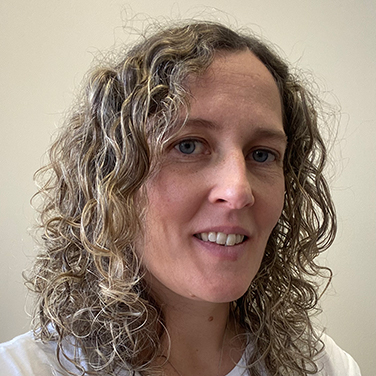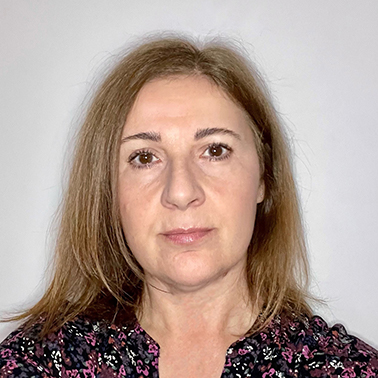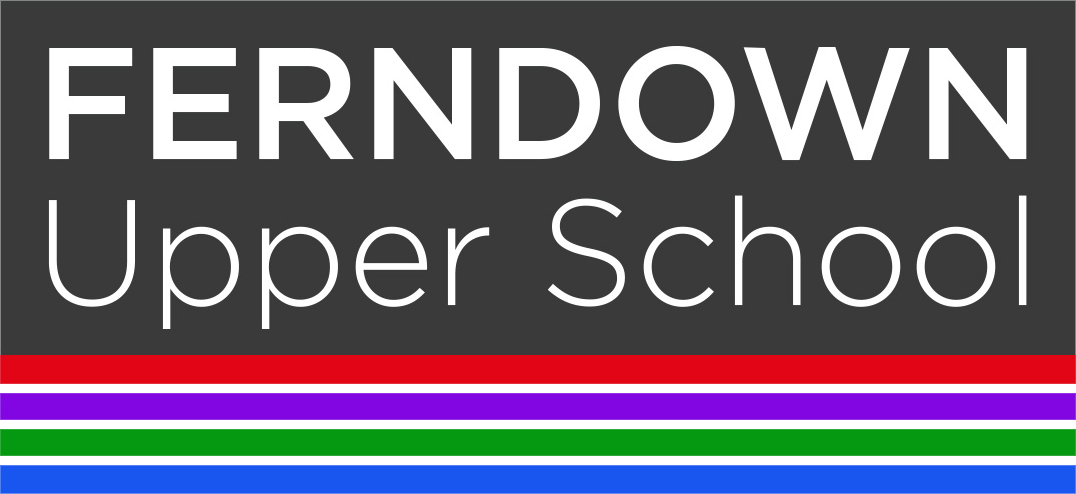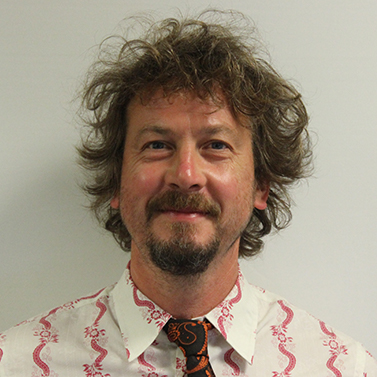Welcome to Art
The Art Department at Ferndown is a warm, welcoming and inspirational place for students to explore and investigate both ideas and techniques as they progress through our coherent and engaging curriculum.
From building and enhancing traditional and contemporary recording and handling skills, to empowering students to explore complex and personal concepts, our ethos was recently acknowledged by a moderators feedback from our highly successful pre-degree Foundation course, ‘The art department at Ferndown is a safe place where students can set themselves challenges to confront personal issues and progress their ambitions’.
Meet The Art Department Staff

Ms. L. Wood
Art & Design Teacher

Ms. F.
Liddiard
Art & Design Teacher

Mrs. L. Robson
Art & Design Teacher

Mr. B.
Myers
Art & Design Teacher

Ms. J.
Collard
Art & Design Technician

Mrs. S.
Gonsalves
Art & Design Technician
Year 9
The primary focus of the Autumn term is on primary recording and material handling. Working in a range of materials, including pencil, pen, watercolour, poster paint and digital photography, students will work from direct observation, using tone and colour to record shape, form and texture. The Spring term will extend the prior learning and expand material use and contextual understanding.
The two main themes of KS4 are both centred around personal development and understanding. In Yr10 the focus is on the individual student and what makes them with the ’Who are You?’ project. This then transitions into an environment based project that asks the students to engage with the world around them in the ‘My Small World’ project. The Autumn of Yr11 is a Personal Portfolio Mock exam project, with students selecting one of five possible starting themes and developing their own, individual, ideas and outcomes. These coursework projects develop independent idea development skills and enhanced material handling, forming each students portfolio of sustained focus for Component 1. The second component, Component 2, is the externally set exam, which has to start in January of Yr11. For this, each student has to choose one of eight possible starting themes, develop personal ideas, supported by research and produce a sustained, personal outcome under controlled conditions that conclude this component.
Facilities / Equipment
Students have the opportunity to work across the Faculty’s extensive facilities, which include specialist Art & Design teaching rooms, an A-Level studio area, a dedicated Textiles room and printing area. We also have a dedicated IT room and laser cutter. Students at A Level have regular use of the two large darkrooms that we offer in Photography.
Extracurricular
Yr9- Art & Craft Club every fortnight.
Revision
Yr10 & 11- GCSE intervention and catch-up sessions every week.
The A Level working space is available for students to work in until 5 pm every day.
Careers In Art & Design
As an Art & Design- Fine Art student, you will develop a range of transferable skills that can be of benefit in the work place. Following explicit tasks, working to a time bound framework and communicating about their own work and that of others, are skills that have universal relevance. Developing recording and handling skills, critical and contextual understanding and confidence in your own unique ideas, have benefits for a range of creative pathways.
Economic contribution of UK arts & Culture
The contribution made by the UK arts and culture industry* is measurable in terms of direct impact, indirect value through generated jobs supported by industries that supply goods and services to arts and culture organisations, and the induced impact from calculating the effects of spend by culture industry employees in the wider economy. Based on the Arts Council England report commissioned from the Centre for Economic and Business Research (CEBR), the arts and culture industry in 2016 was responsible for:
£21.2bn in direct turnover, £10.8bn in Gross Value Added (GVA), with £8.6bn of this generated by the market segment of the industry and the remaining £2.2bn contributed by the non-market organisations, 137,250 jobs, £6.1bn in employee compensation
When indirect and induced effects are also added in, the arts and culture industry is estimated to have supported £48bn in turnover, £23bn in GVA, 363,713 jobs and £13.4bn in employee compensation. *includes book publishing, sound recording and music publishing, performing arts, artistic creation and operation of arts facilities
Source: CEBR/Arts Council England report, April 2019.
The rate of growth of UK based creative industries is already providing a myriad of vocational pathways for FUS students. We are proud of the range and quality of creative pathways that our students have accessed via our leading Level 4 Btec Foundation Diploma- Art, Design and Media Practice course. From Fine Artist, Illustrator, Set Designer, Animator, Games Art Design, Architect, Graphic Communication, Photographer, Interior Design, web designer, advertising, creative marketing, the range of careers where AI cannot compete with lateral, creative thinking is continuing to grow and our students are at the forefront of this.


-150x150.png)
-150x150.png)
-150x150.png)
-150x150.png)
-150x150.png)
-150x150.png)
-150x150.png)
-150x150.png)
-150x150.png)
-150x150.png)
-150x150.png)
-150x150.png)
-150x150.png)
-150x150.png)
-150x150.png)
-150x150.png)
-150x150.png)
-150x150.png)
-150x150.png)
-150x150.png)
-150x150.png)
-150x150.png)
-150x150.png)
-150x150.png)